The Carrot’s Odyssey
Ellen once again shows her agricultural research on the travels and history of carrots. We love these types of articles, packed with information and education, as they really show just how rich our culinary world is today, gives hints and history of where they originated or traveled on their journey to where we find these foods and ingredients today.
All too often, we forget how fortunate our modern world is to have this vast array of incredible foods at our side, without paying the price of cultivating an unknown vegetable variety that required much adaptation, selection and breeding to make it widely edible and tasty.
For example we don’t know, or have forgotten, that the tomato and chile – two of the world’s most treasured foods – originated in Central America before being spread throughout the rest of the world. Many other stories and histories of food – vegetables, herbs and flowers that they are prepared from – have traveled long distances and have adapted into new climates and cultures to become what we consider today to be ordinary.
Let’s celebrate the odyssey of the carrot, as told by Ellen! Make sure to visit our Carrot department and grow your own tasty varieties!
Carrot (Daucus carota)
The carrot belongs to the Umbellifereae family, a large family made up of 2,500 species of plants that put up a characteristic “umbel” seed stalk. Queen Anne’s lace is an easily identifiable member of this family with its white, lacy-looking seed heads. The flowers form an upside-down umbrella shape, hence “umbel”. Dill, chervil, parsnip, parsley and carrot are all edible, while some umbellifereae are poisonous. Most members have highly aromatic leaves and flowers.
The carrot has a come a long way from its wild state. An early depiction of a carrot would have been a small fleshy white to pink-purple root that is slightly branched with dense leaves. Wild carrots are found in Europe, present day Afghanistan, and have become naturalized in North America. Carrots from Europe were white, while those from Afghanistan were yellow and violet. The roots were first used as medicine, and then later as food.
In the 1100’s carrots were introduced to Spain from Syria. As carrots spread throughout Europe, the French bred a golden yellow carrot. The orange carrot that is ubiquitous today was found in Holland, presumably a cross between the yellow and violet carrots of the time. Orange carrots were bred with popularity as a patriotic tribute to the royal colors of the Dutch at the time when they were fighting for independence from Spain.
In the 1600’s, the carrot continued its migration onboard Mennonite pilgrim ships to America, where it was cultivated for years in Pennsylvania’s hills before it spread to other parts of colonial America. Today, California hosts the largest production of carrots in the country with 70,000 acres in production. The carrot is one of our most important commercial crops in the umbelliferae family.
What do we do with all these carrots? Nearly 70 percent of them are made into baby carrots while the rest are cut into coins for freezing, juiced, or sold fresh. The remaining biomass is fed to cattle.
Carrots in the Garden
Growing carrots can be a frustrating experience in the garden for beginning gardeners due to slow germination rates and the need for regular, even watering. However, it seems there is a steep learning curve with carrots—once you’ve grown a successful crop, there is little more as pleasing as harvesting the roots from the garden and eating them on the spot.
There are many shapes of carrots to try, each adapted to certain soil types. There are short rounded carrots, long and slender ones, and the Oxheart carrot that grows to 6 inches long and up to a pound in weight! Danvers is a popular heirloom variety of carrot that originated in Connecticut and was traditionally inter-planted between onions, upon the belief that carrots increased yields and productivity of onion fields. The carrot is still used today to break up the soil, and many gardeners plant onions, leeks, or radishes after harvest in the improved soil. Danvers remains a favorite in New England for its cold hardiness and its ability to produce in heavy soils.
My first exploration into seed saving was with carrots. Unknowingly, I left a few carrots in the field and they came up again in the spring, the greens growing tall with a slightly thicker stalk. In the summer they began to send up a magnificent seed stalk that reminded me of Queen Anne’s lace I grew up seeing up and down the eastern seaboard.
The seed is harvested from the primary and secondary umbels. While there are other seed heads on the plant, these two are the largest seed heads and produce the highest quality seed. When the seed was formed and dry, I collected it into a paper bag—it wasn’t like the carrot seed I was used to planting though, it had little hairs all along the outer edge of the crescent-shaped seed. And it smelled amazing! It turns out commercial carrot seed is cleaned of all the little hairs, called “beards” for ease of packaging. Here is a couple pictures of the seed I saved, with beards, and commercially cleaned seed.
Carrots are a wonderful food for fall gardens. They over-winter well under a bed of straw and their orange color is said to help in adapting the “fall” organs to seasonal changes. Indeed, many orange vegetables are found in the fall—from carrots to winter squash to sweet potatoes. In Vichey, France, carrots were prepared at every meal to aid in liver detoxification. The roots are also known to aid digestion, night blindness and to relieve constipation.
Are you hungry for something with carrots after reading that? Head on over to our Recipes with Carrots section for some delicious treats!

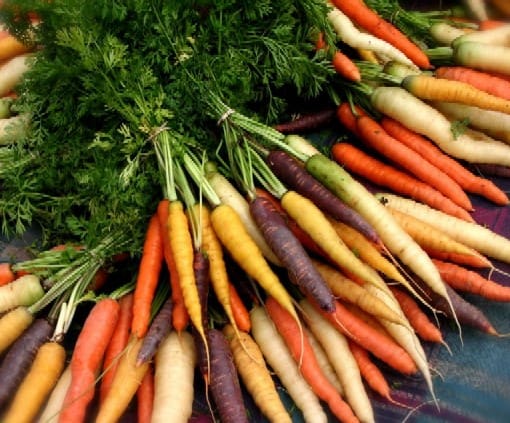





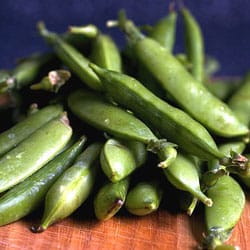
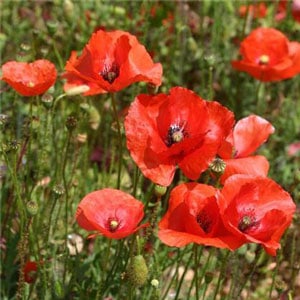
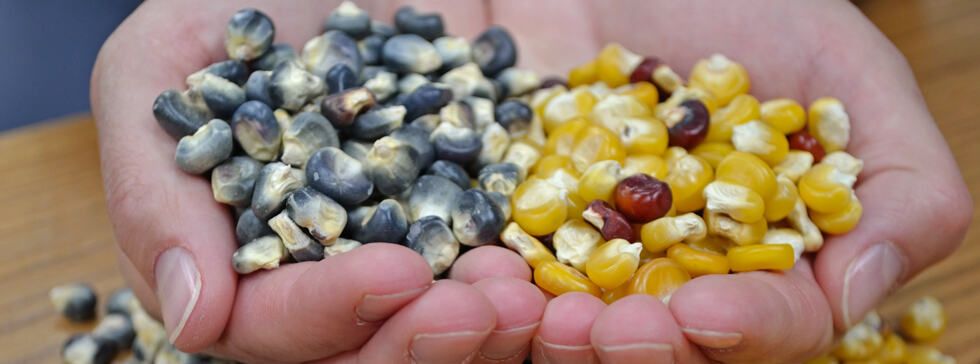
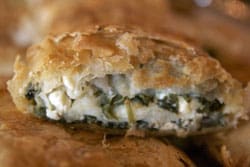
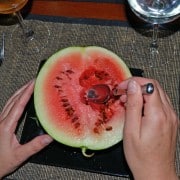
Leave a Reply
Want to join the discussion?Feel free to contribute!